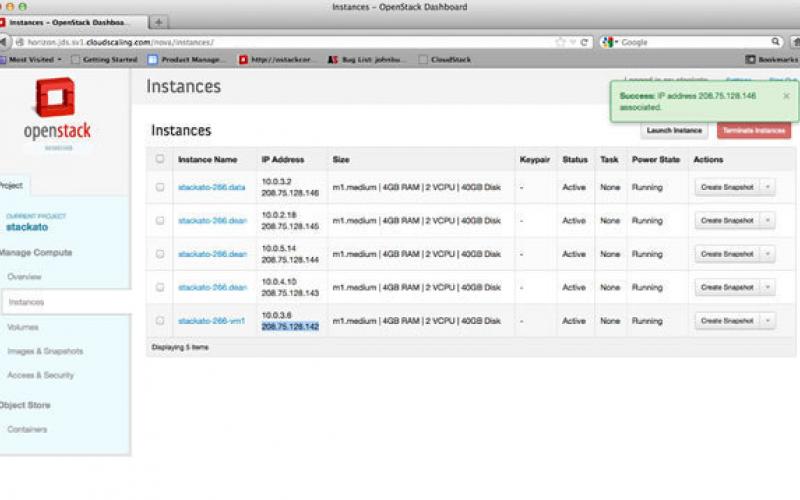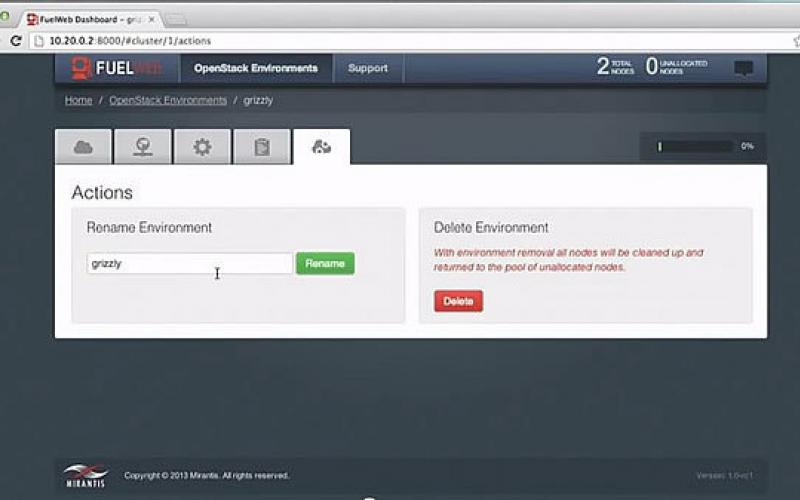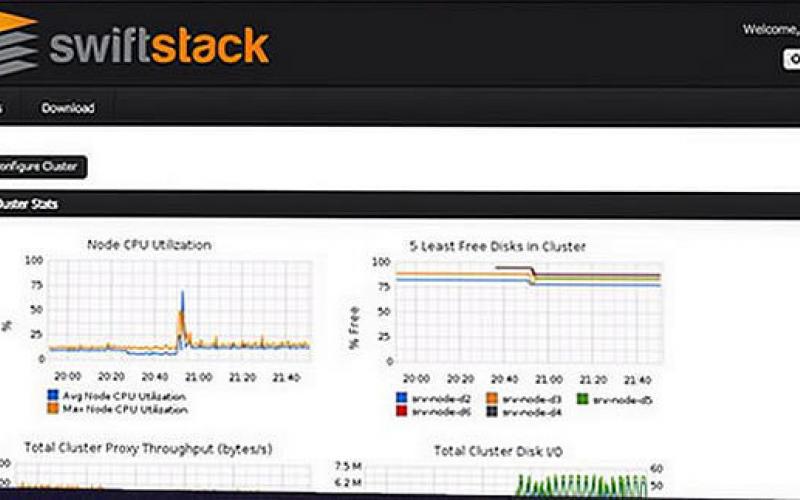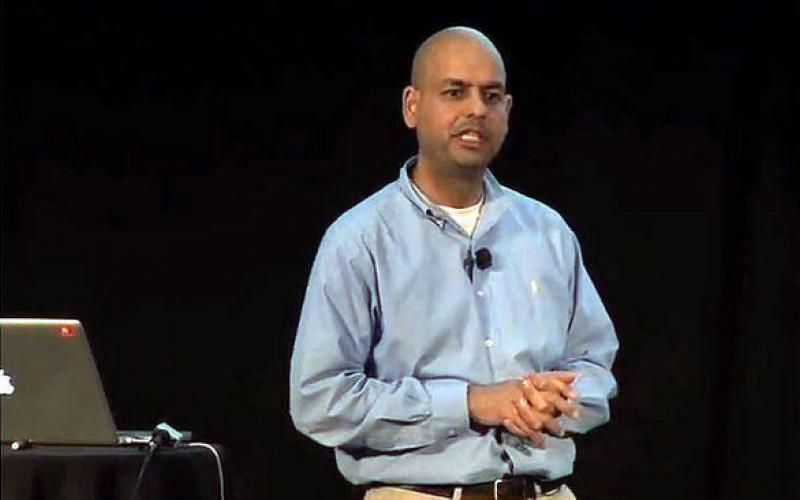OpenStack continues to build momentum in the tech industry. Since its inception in 2010, OpenStack has made considerable strides as an open source IaaS project. Enterprises are seeking ROI with their OpenStack pilot projects, brand-name IT companies such as HP and Juniper are doubling down on OpenStack initiatives, and venture capitalists are throwing cash at OpenStack startups in an attempt to help the market make good on the hype -- and profit in the process. Here are 10 recent OpenStack deve
Network Computing is part of the Informa Tech Division of Informa PLC
This site is operated by a business or businesses owned by Informa PLC and all copyright resides with them. Informa PLC's registered office is 5 Howick Place, London SW1P 1WG. Registered in England and Wales. Number 8860726.


















